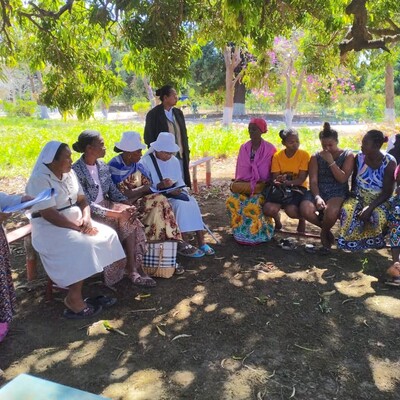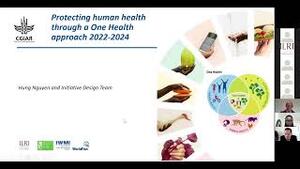
Reducing human exposure to aflatoxins in poor countries: Towards new technologies and practices
ILRI graduate fellow Taishi Kayano, from Rakuno Gakuen University, collects milk samples from a Kenya dairy farmer as part of a scoping survey of aflatoxins in the feed-dairy chain in Kenya (photo credit: ILRI/Taishi Kayano).
A new paper describes and assesses the strength of a theory of change for how adoption of farm-level technologies and practices for aflatoxin mitigation can help reduce aflatoxin exposure among consumers.
‘Aflatoxins, naturally occurring fungal toxins that contaminate maize and groundnuts and other crops, pose both acute and chronic risks to human health. Aflatoxins are odourless and colourless and impossible to detect accurately without appropriate testing technologies. Both humans and animals are affected, and there is an additional risk of aflatoxin transmission through animal-source foods, especially milk, from animals fed contaminated feed.
‘Consumption of very high levels of aflatoxins can result in acute illness and death. Chronic exposure, which causes the greater human health burden…
View original post 1,188 more words






















